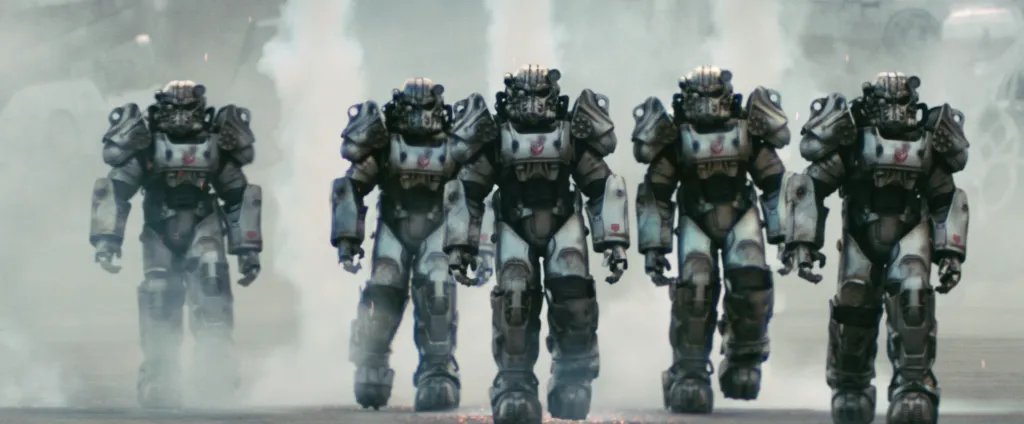Big Iron on our hips
With the release of Fallout on Prime, the new TV show set in the Fallout universe, interest in the post-post-apocalypse wasteland has never been higher. I mean me, my interest, mostly. I want to reinstall and play all the games, now. And I have at least reinstalled several of them (Fallout 3, Fallout: New Vegas, and Fallout 76) but haven’t yet found the time to start a new journey in that wild far future.
It’s been fun going through the process of getting a nice clean install, patching the older games to run on modern hardware and software, and picking out a few good mods to make it more stable, improve the graphics and gameplay, and fix the more egregious bugs. OK, again, that’s probably just my own quirky tech-focused kind of fun; your mileage may vary. For Fallout 3, it took maybe an hour’s worth of googling, downloading, and a scosche of trial-and-error. But I got it all running.
Stay tuned to this channel for the possiblity of me streaming a playthrough of Fallout 3, playing as myself… I’m working up the nerve to try it.

That being said, my nephew also wants to play some Fallout, excited by the new show and especially for it being set in the game’s continuity, being a true follow-on to the game chronology. Max and I have been texting each other questions, theories, and memes about Fallout since the show dropped. This is actually fun for lots of people, not just computer geeks like me! Surely anyone reading this has one or several friends they share memes with, right? Not just me? It’s a universal thing these days?
The other day, though, he sent me a link to a Steam Community guide about how to install and run Fallout: New Vegas and asked me if it was a good how-to. I took a look and it seemed pretty comprehensive, and offered to help him out if he ran into any troubless. I felt a bit of a duty; I had helped him build his current computer a couple of years ago. Mostly though I’m excited to see him play and happy to help him get the most out of his rig. He’s been mainly a console player; mods aren’t a normal part of his gaming experience; whereas I’ve been modding games since Skyrim. I may not be an expert but I would consider myself a competent modder.
He started to get it going the other day but I didn’t hear anything more. When I pinged him to ask how it went, he said he got distracted, totally understandable. Today, though, he had the energy to get it going, and I was able to screenshare with him and walk him through the trickier parts, like making sure to back up the default files and folders before messing with them, which saved us in at least one instance. The instructions for the mod that enables scripting support, NVSE, said to copy the entire contents of its mod to the main game folder, it wanted to overwrite the Data folder already there. I backed him out of that, had him rename the old folder, and then copy everything.
Once we got the mods installed, though, the game crashed to desktop on launch, throwing the error “missing masters.” When I had Max launch the game normally, it didn’t appear any of the DLC was available; turns out they all lived in the old, renamed Data folder. Copying them to the new modded Data folder fixed the issue.
Then I spent over an hour watching him start a new playthrough, MST3K-ing and joking and googling things for him (like what is a hot plate used for, anyway? And did the Brotherhood try to take over Hoover Dam (they got distracted by Father Elijah’s fixation on HELIOS-1)). Fun times!
I’ve spent so much time in these worlds, playing, learning the characters, maps, and lore. Even making up my own wasteland lore (which has yet to be contradicted by the official material, yay!) Fun times, indeed. And I’m so glad that non-gamers are learning how rich and weird the Fallout universe is. I welcome new fans with open arms.
Feel free to ask me any questions. Love to help.





